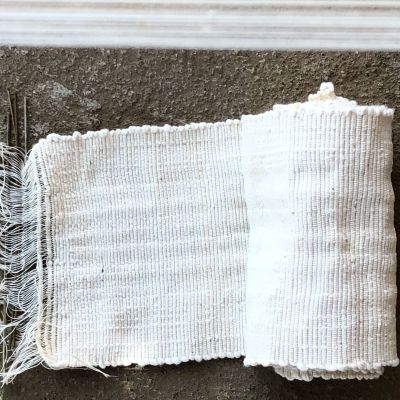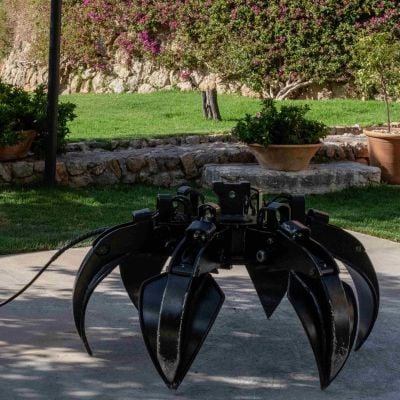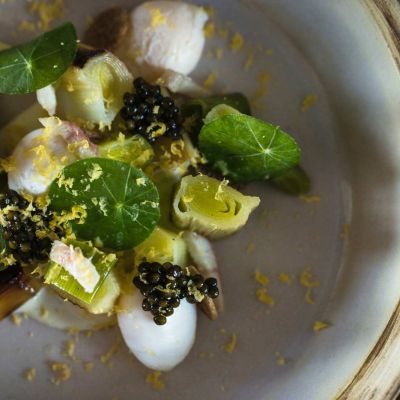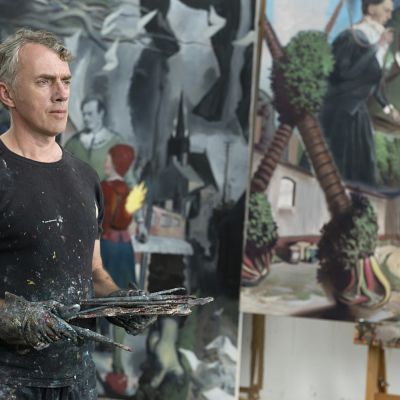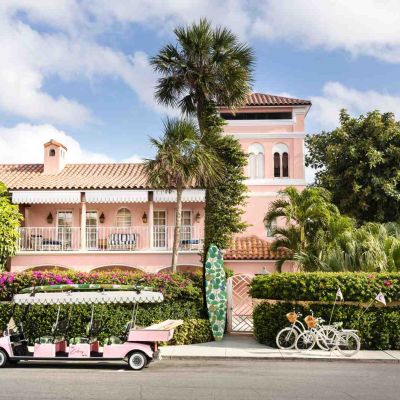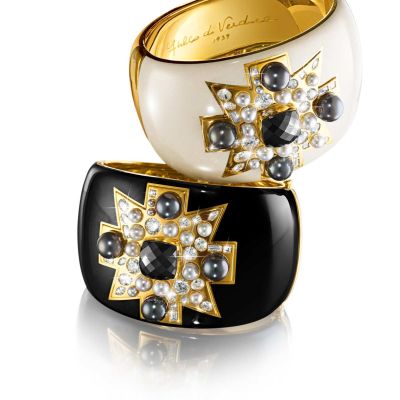If These Walls Could Talk
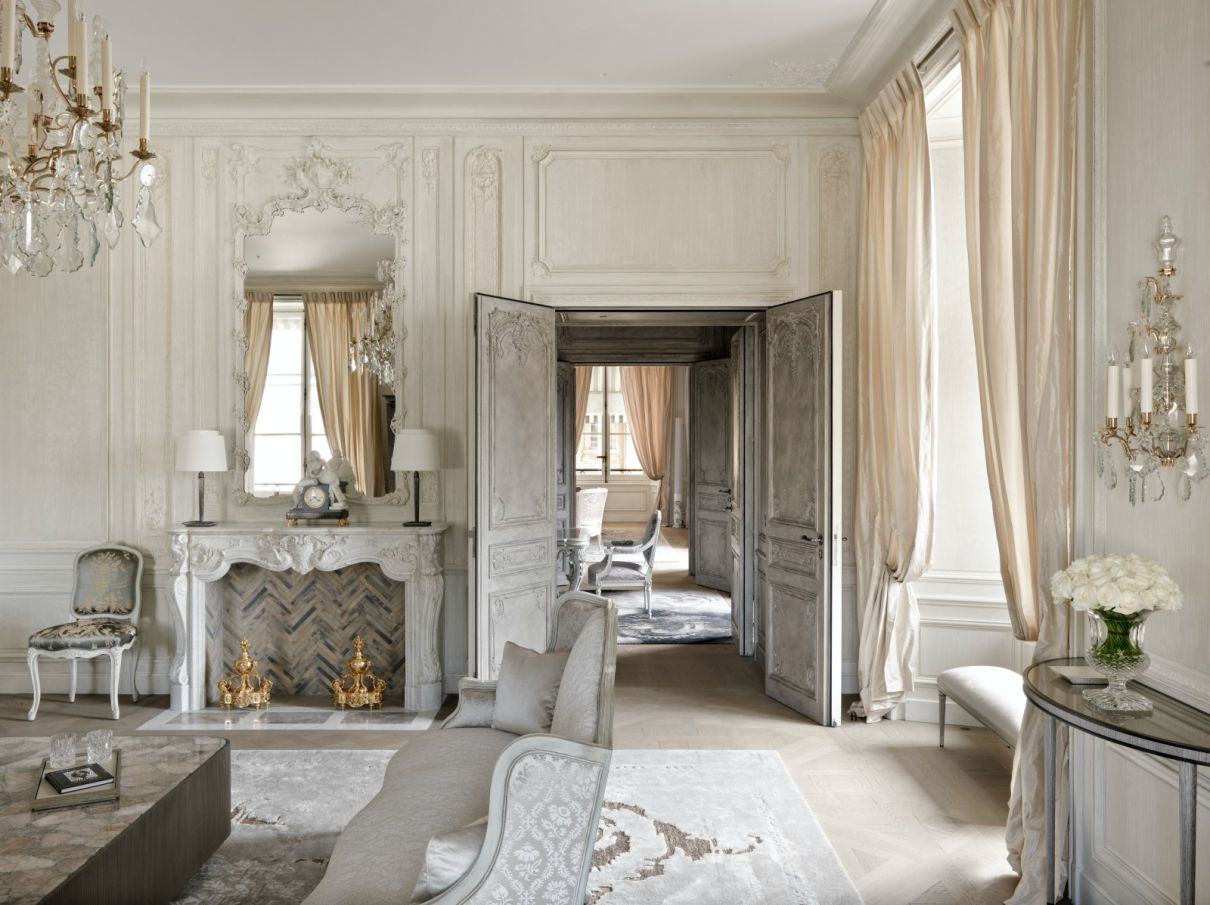
Loved by billionaires, fashion designers and interiors gurus, antique woodworker Féau Boiseries is something of a national treasure.
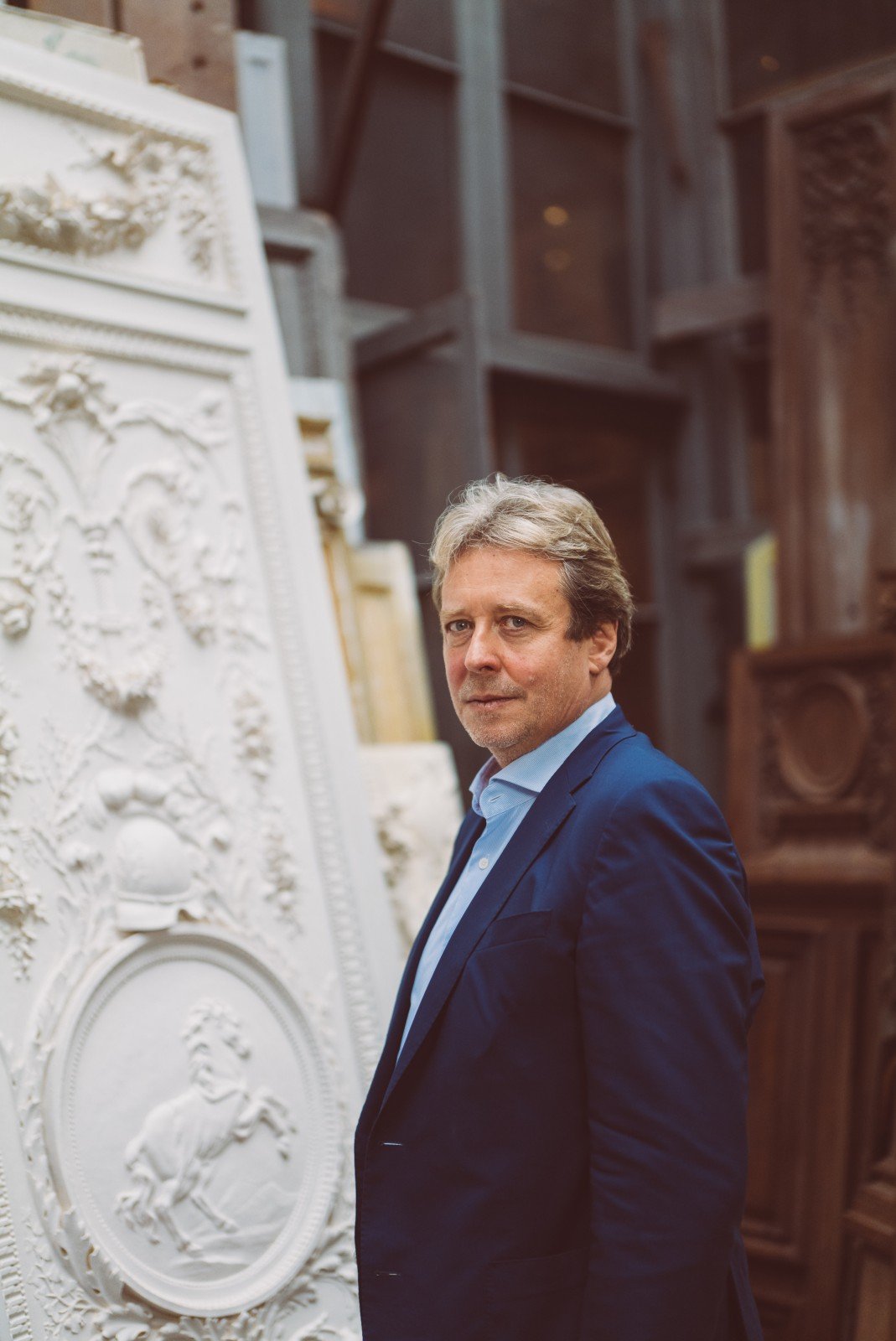
On a foggy January morning, fifth-generation business owner Guillaume Féau greets us with a warm smile and Nespresso at his prestigious woodworking enterprise, Féau Boiseries. Tucked away on a quiet Parisian street, this 148-year-old institution is sought out by the world’s wealthiest for its woodwork replications taken from the most famous designers of the Regency, Rococo, Neoclassical, Empire, and 20th century periods.
Féau regrets he can’t stay too long; he has an appointment with a US billionaire fashion designer to discuss panelling for her apartment in Paris’s prestigious 7th arrondissement. It will take inspiration from The Four Continents by Claude-Nicolas Ledoux, one of the earliest exponents of French Neoclassical architecture. It features the carvings of a camel, a lion, a crocodile and a stallion; he points out the original in the lobby.
“Her room will be Givenchy-style: simple, white, beautiful small details, classical, nothing heavy, just good proportion. She’s got great taste,” Féau says with admiration. Funnily enough, he adds, her apartment is right next to another long-time client, currently the world’s richest man, although he has a quite different style.
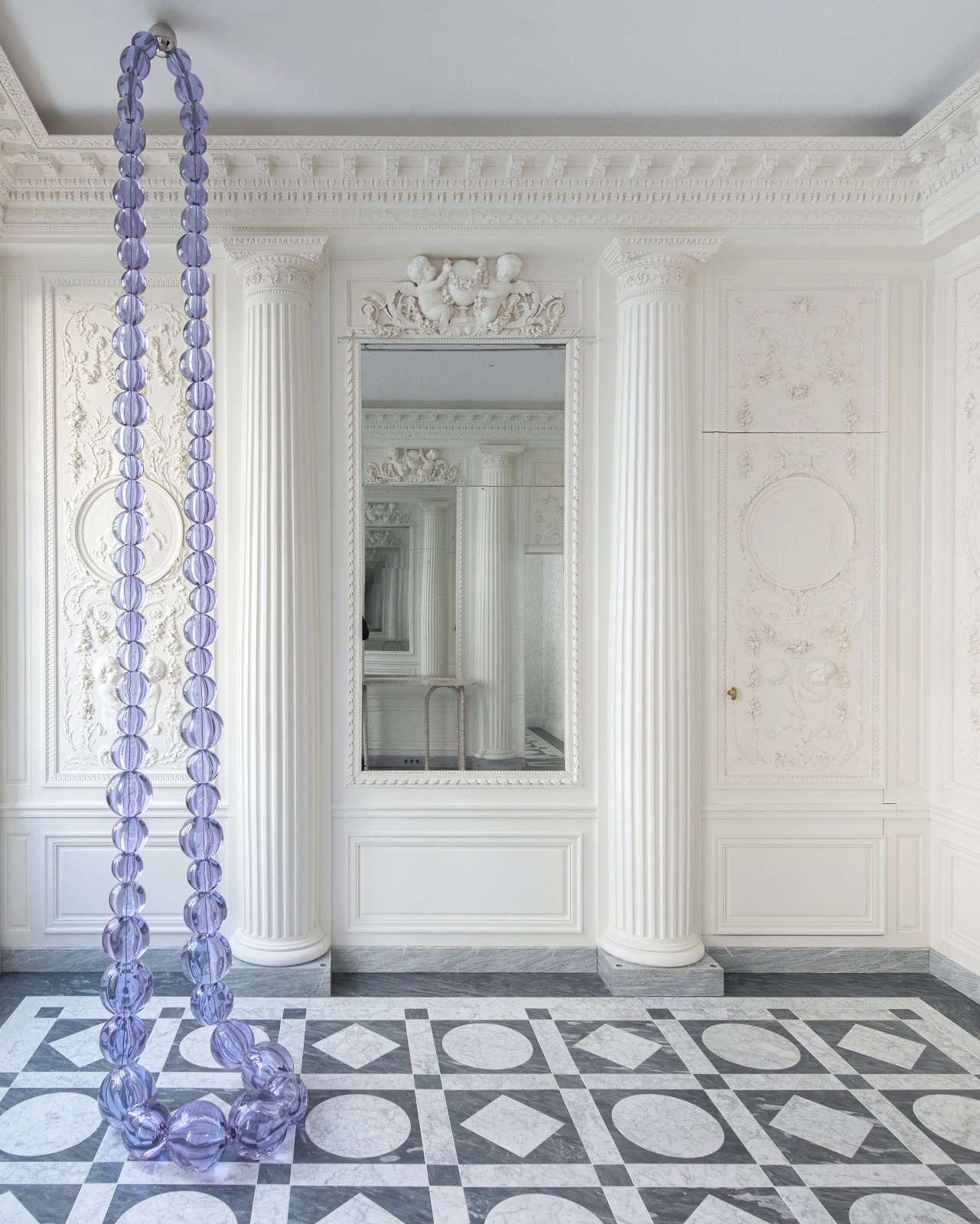
Féau’s undertaking is unique. In his labyrinthine warehouse on Rue Laugier, a veritable cave of wonders, he has collected some 300 complete pieces of antique panelling, wood and plaster, guilding and painting, as well as some 25,000 fragments from the most iconic designers of the 17th-20th centuries — it’s a genuine private museum.
Billionaire clients and interior designers stop by to browse the cornucopia of treasures; which includes fireplaces, cornices, doors and bookcases. When they spot a piece that sings to them, Féau’s craftsmen can reproduce an almost indistinguishable copy, or perhaps adjust it to better suit their client’s taste, using a different grain of wood or a splash more gold leaf, and install it in the property. Occasionally, Féau will sell the original, although he says he prefers not to.
“The love of the classic has always been there, but now there is a trend towards mixing modern design with classical architecture; for example, mixing a Picasso or a beautiful Basquiat with contemporary furniture,” he says.
As we wander round, he points out a Neoclassical cornice that once decorated Christian Dior’s historic premises on Avenue Montaigne; a boiserie that previously adorned Jean-Pierre Guerlain’s Paris apartment; and a reproduction of an Art Deco carving of a female figure, created by Émile-Jacques Ruhlmann, for Lord Rothermere’s apartment on the Champs-Élysées. Féau purchased this piece at an auction in Paris about a decade ago and, more recently, perhaps a little reluctantly, sold it to the Louvre Abu Dhabi for its permanent collection.
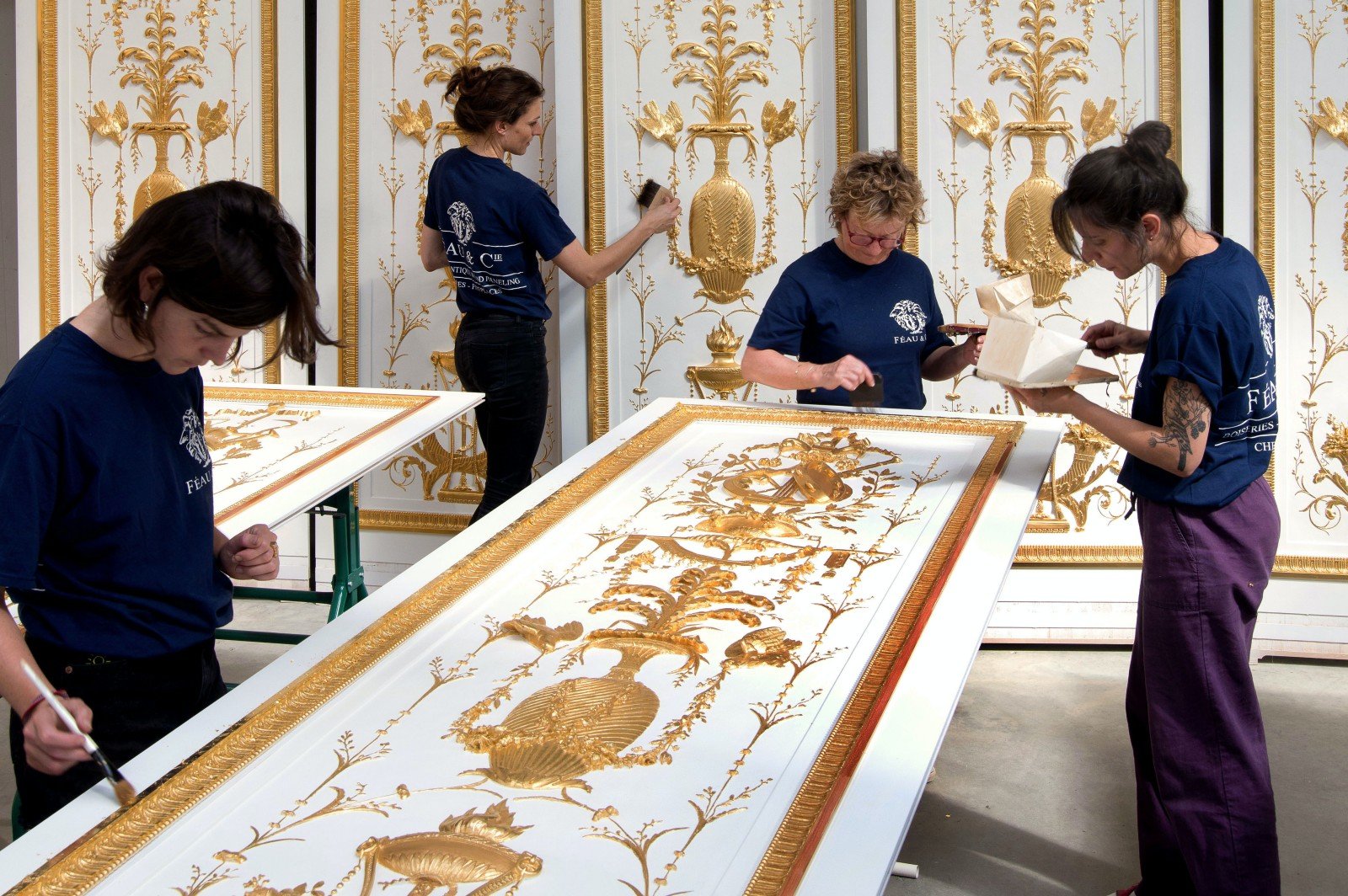
Each piece has its own story that he recounts with encyclopaedic knowledge — not to mention the inside track on the scandals that went with them.
Tall and slightly stooped, softly spoken, with kind blue eyes, dressed in an understated navy turtleneck and matching long woollen coat, the father of four gives the sense of a man with patience, in spades. It’s a characteristic that must come in handy in this job, working with some of the world’s most A-list, demanding people. “Guillaume is also very good at saying ‘no’, in just the right way,” comments a colleague with a smile.
Clients, past and present, read like a who’s who. For example, when late fashion designer Karl Lagerfeld was tasked with the refurbishment of the Presidential Suite at Paris’s legendary Hôtel de Crillion, there was only one firm he would trust with the sourcing and installation of the reconstruction antique wood panelling.
“Karl loved wood panelling and he exactly knew what he wanted. He loved the symbolism of some of the pieces,” says Féau, pointing out a panel carved with a rich bouquet of flowers from Madame de Pompadour’s château at Crécy-Couvé, where the King and his favourite conducted their love affair. “Boiseries often contain coded messages,” he explains. “This one signified a connection to the King.”
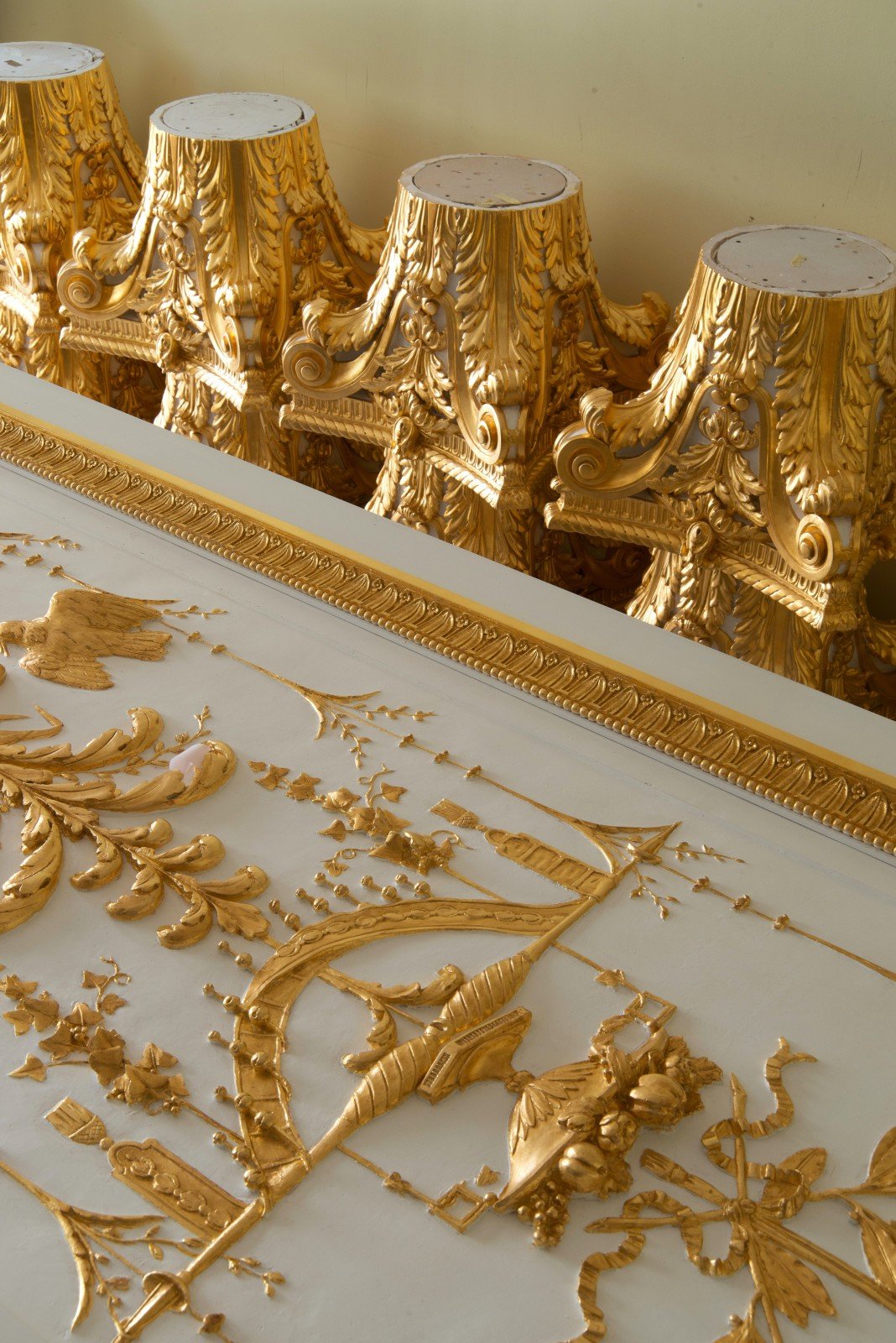
Other clients include Michael S. Smith, the US interior designer who refurbished the White House’s private apartments for the Obamas. Smith called on Maison Féau to reproduce several panels in two apartments for an art-collecting client. Panelling for the Obamas was also discussed but, in the end, the price tag was too steep. To deck out a full room, it costs upwards of £300,000. To purchase an original panel could cost up to £8 million. “This is really something mostly for billionaires,” he explains, with an apologetic air.
With a team of 120-odd craftsmen mainly trained by the prestigious French apprentice scheme Les Compagnons du Devoir, Féau Boiseries works on approximately 80 rooms a year from Hong Kong to Singapore to Japan, the US and Europe. Some clients commission Féau to work on all their homes; one client had him redesign all five of his properties. They have collaborated on the decor of some of the world’s most tasteful properties, including Palais Rose in Paris and Villa Ephrusi for Rothschild in Saint Jean Cap Ferrat.
But the firm’s reputation was not always prestigious as it is today. Founded in 1875, it started out as it does today, selling reproduction antique woodwork to the 200 most important families in France. “They were extremely wealthy, they used to build 30,000-square-foot mansions in the time of the 18th century revival,” he recalls. That golden age finished with the First World War. In subsequent years, his grandfather and father turned the business into an interior design studio, and trade slowed down, Féau says. As a young man, Féau had a nagging feeling that more could be done.
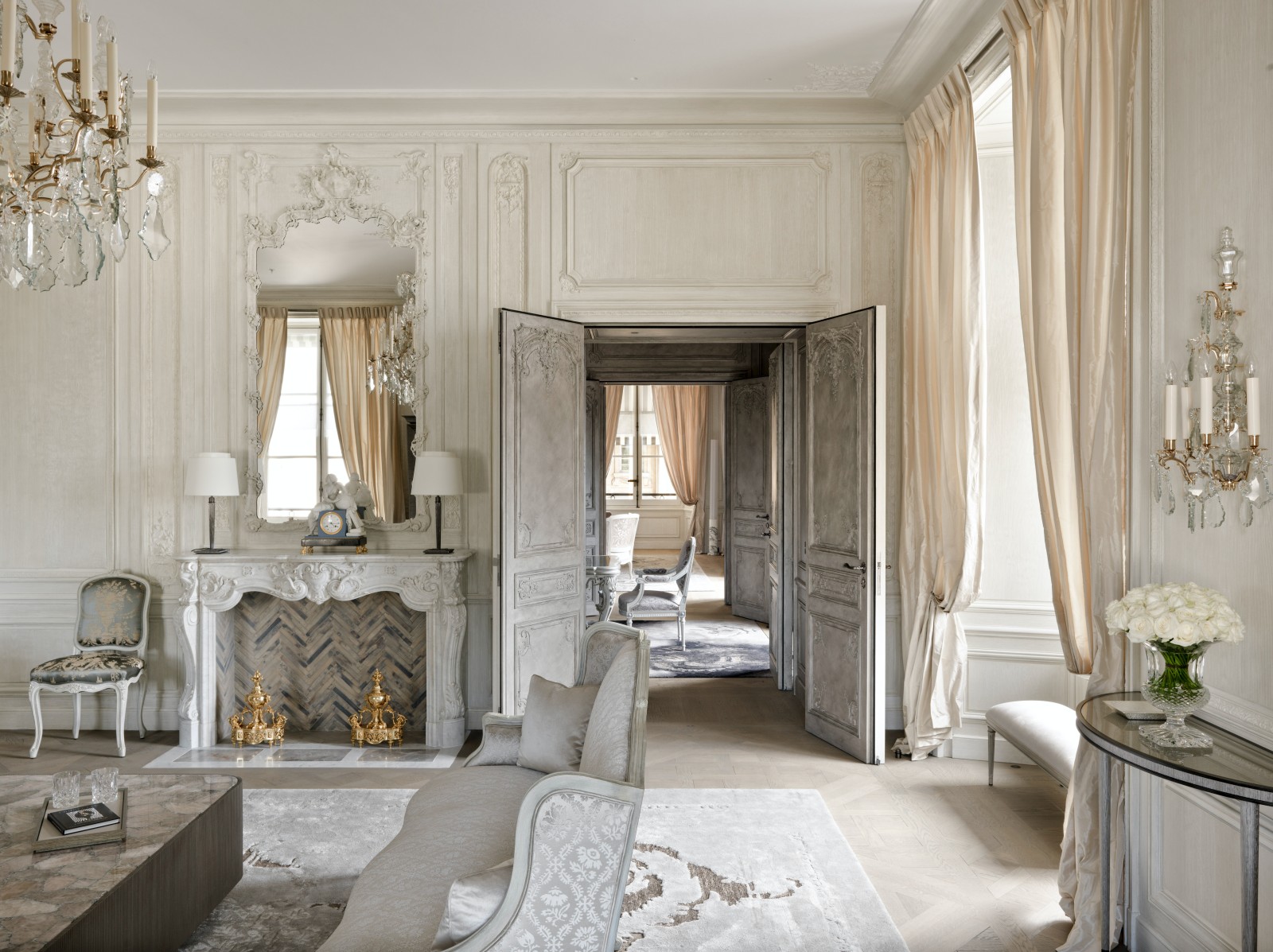
In his early 20s, Féau was working for an interior designer in San Francisco, who needed some classical woodwork for a house in Pebble Beach. “He confirmed the idea I had to return quickly to France and go back to the original, the first business model.” It wasn’t an easy conversation to have with his father. “At the beginning we fought, but then after a few months he realised I was right, and he decided to retire.
“It radically changed the business. Instead of being interior designers, we went back to being sought-after suppliers. From the end of the 1990s we became very successful with the new billionaires in the US, Europe and Asia,” says Féau.
As he looks to the future, his sons are the likely successors of Féau Boiseries. He is particularly excited about the progress of the firm in Asia; he will likely install one of his sons in Hong Kong or Singapore to launch the business in the next five to 10 years.
He says: “It’s truly a story of passion and the quintessence of French craftmanship.”

